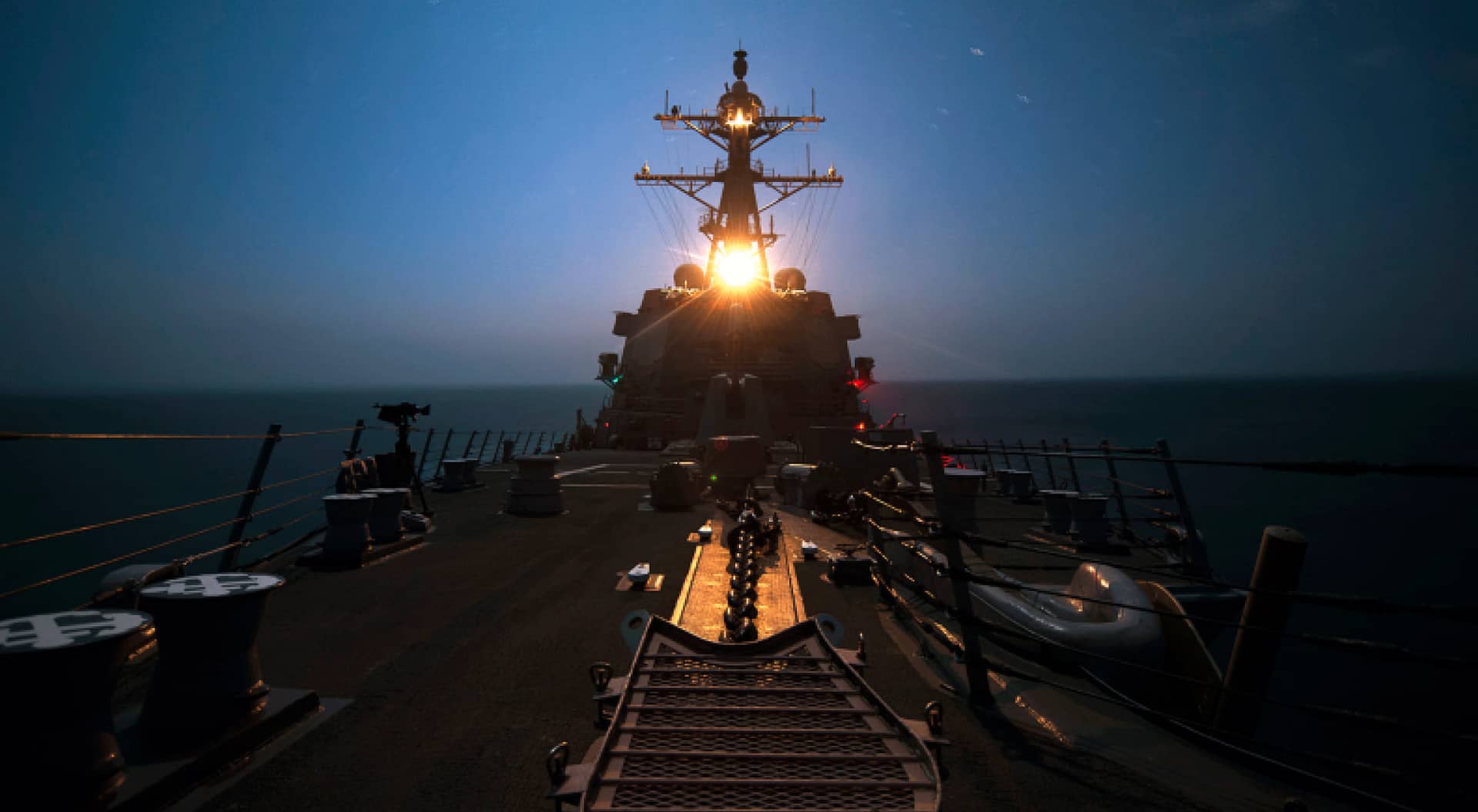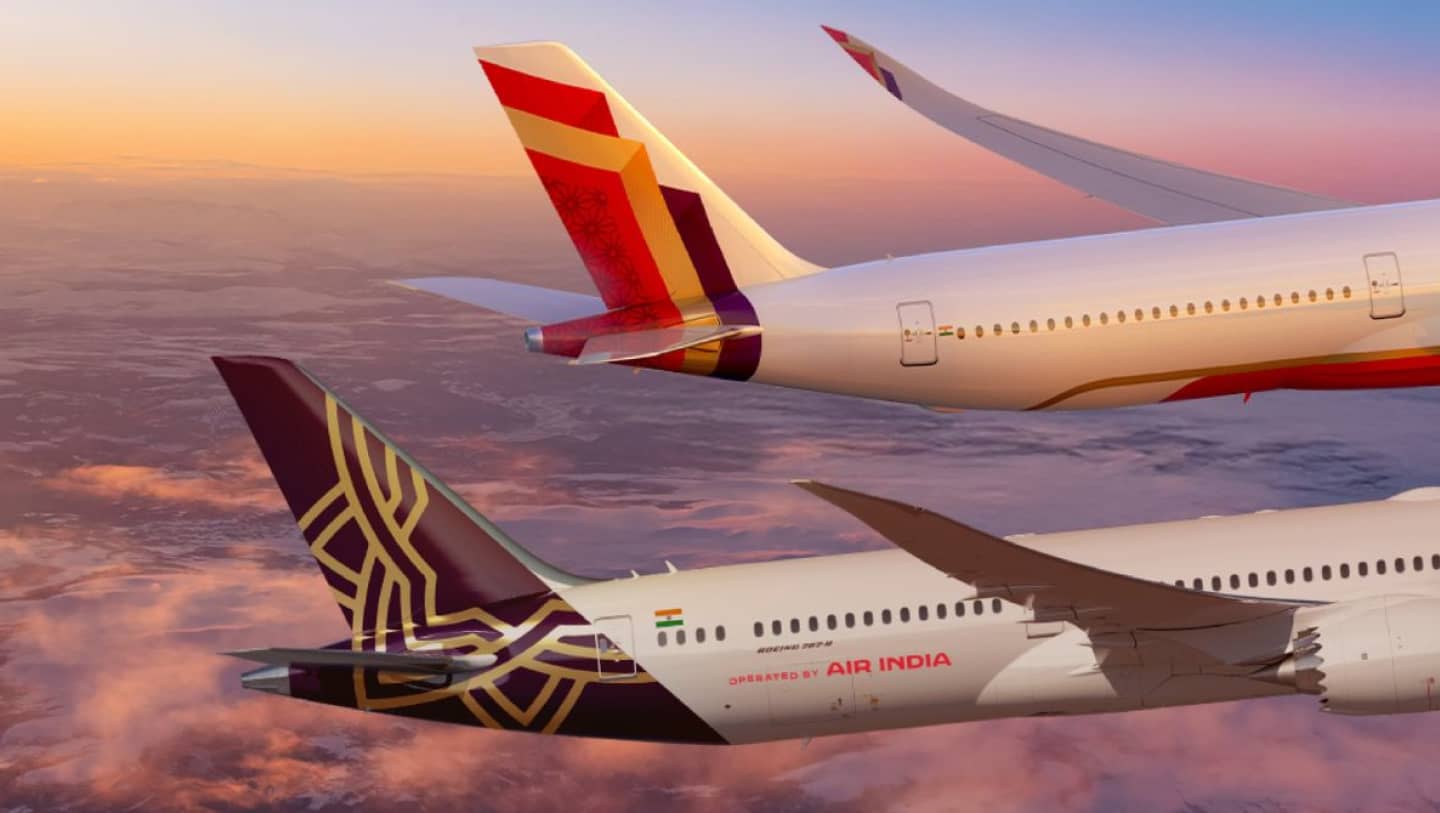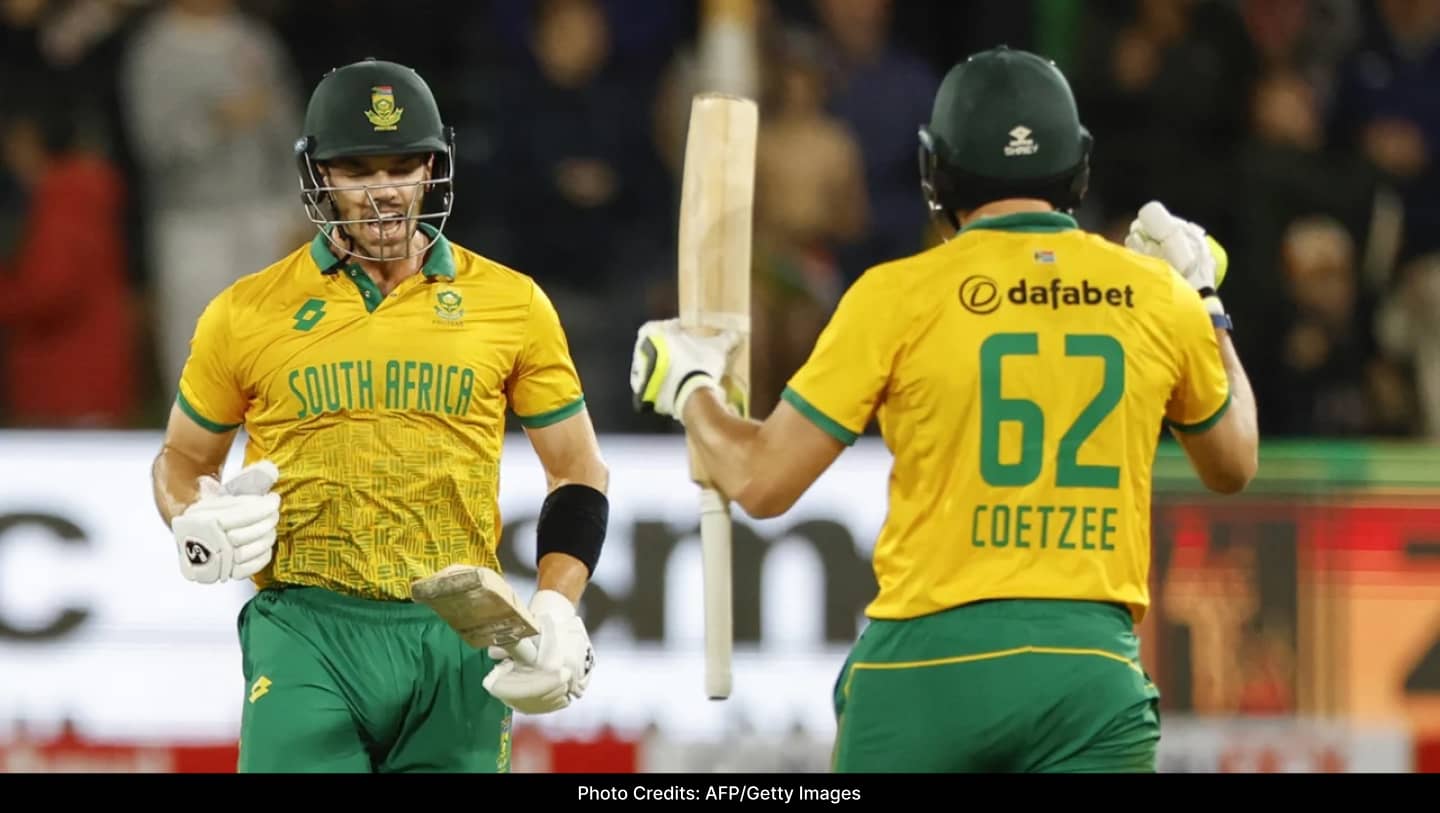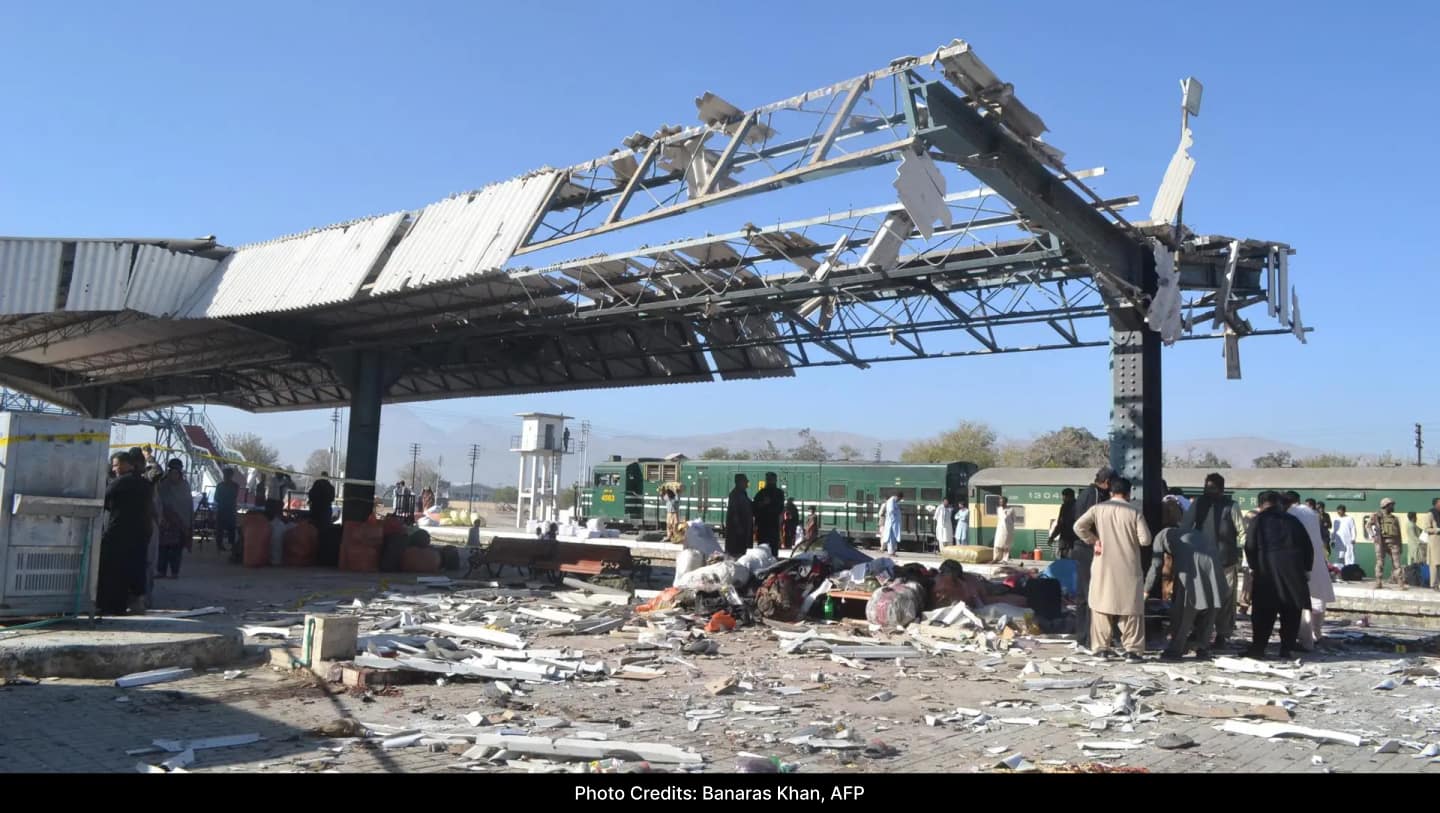India has now deployed more than 10 front-line warships with naval commandos in the region stretching from the northern and central Arabian Sea to the Gulf of Aden, further strengthening its naval presence to show its flag and deter piracy and drone attacks.
These unprecedented “enhanced maritime security operations” are being conducted independently by India, which refrained from joining the US-led multinational “Operation Prosperity Guardian” launched in the Red Sea in December following attacks on both civilian and military ships by Yemen’s Houthi rebels.
With escalating piracy and drone attacks on commercial vessels threatening critical sea lanes of communication, which has already led to a major jump in cargo, the Indian Navy is also maintaining a “sustained presence” in the Arabian Sea, senior officers told TOI on Monday. .
“Indian warships are deployed across the region to strengthen surveillance and deterrence against the twin threats of piracy and drone attacks. The aim is to help stabilize the situation in the Arabian Sea and support the maritime security network,” the officer said.
Regular ISR (intelligence, surveillance and reconnaissance) missions are also operated by P-8I long-range maritime patrol aircraft and unarmed MQ-9B Sea Guardian drones, both of which are capable of providing “live feeds” of high-resolution imagery. their electro-optical and other advanced sensors from the west coast.
Read Also
- Indian Navy Rushes INS Chennai to Assist Hijacked Vessel with 15 Indians on Board
- US Navy destroys Houthi boats in Red Sea after attempted hijack
- India deploys three warships to Arabian Sea after attack on tanker
- Indian Navy responded swiftly to maritime incident in Arabian Sea involving drone attack on MT Chem Pluto
The deployed warships include guided missile destroyers such as INS Kolkata, INS Kochi, INS Chennai and INS Mormugao as well as multi-role frigates such as INS Talwar and INS Tarkash. The Navy and the Indian Coast Guard are also closely coordinating enhanced surveillance of the country’s exclusive economic zone.
It was the 7,500-tonne INS Chennai and its naval commandos, supported by P-8I aircraft, that thwarted an attempt to hijack the Liberian-flagged merchant vessel MV Lila Norfolk and rescued the 21-man crew in the North Arabian Sea on 5 January. “Our warships have surveyed a large number of vessels sailing in the region… several have been boarded by naval commandos,” another officer said.
The Navy also dismissed as a “misconception” that its warships are not targeted against drone attacks.
The Indian Navy may not participate in the Red Sea Welfare Guard operation, but it continues to work with all navies of “foreign friendly countries” including the US, UK and France for overall maritime enhancement. “It’s happening. Security and awareness about your domain.
The Navy’s Information Management and Analysis Center (IMAC), which draws resources from a variety of sources from coastal radars to satellites to assess threats in the Indian Ocean region, and the Information Fusion Center – Indian Ocean Region (IFC-IOR) in Gurugram, which has an international liaison officers from more than a dozen nations, also plays a key role in this.
“Mission-based deployment of the Navy in the region enables rapid response to emerging security challenges,” the officer said. Incidentally, India has been regularly deploying warships on anti-piracy patrols in the Gulf of Aden since October 2008, with around 110 such vessels deployed since then.




